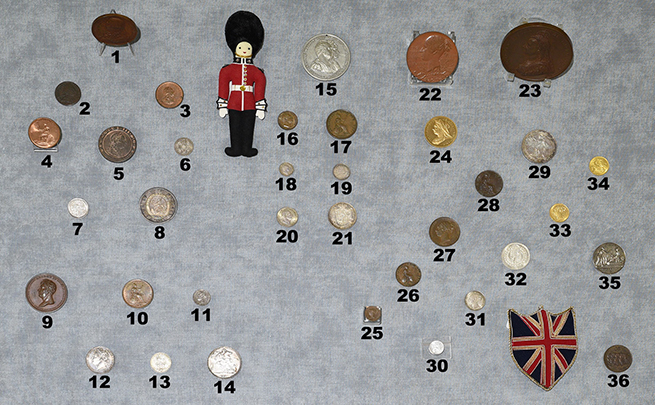Kings and Queens of England: Part III

George III (1738-1820)
Reign: 1760-1820
House: Hanover
- While George I and George II traveled extensively outside England, George III never traveled more than 100 miles from London
- He suffered from mental illness later in life, and posthumous accounts often refer to him as the “Mad King”
- The Great Recoinage of 1816 was enacted to stabilize British currency after the taxing Napoleonic Wars

William IV (1765-1837)
Reign: 1830-1837
House: Hanover
- He ascended to the throne at age 64, the oldest person to become British monarch
- The “New” London Bridge over the River Thames opened in 1831; the bridge was disassembled in 1967 and reconstructed in Lake Havasu City, Arizona
- He had ten children with actress Dorothea Bland, but produced no legitimate heirs and was succeeded by his niece, Victoria

George IV (1762-1830)
Reign: 1820-1830
House: Hanover
- He was a fervent supporter of the arts; The Royal Academy of Music was established during his reign
- He banned his own wife, Queen Caroline, from attending his inauguration
- The Roman Catholic Relief Act 1829, which George opposed but conceded approval, granted Catholics the right to serve in Parliament

Victoria (1819-1901)
Reign: 1837-1901
House: Hanover
- She spoke German, French, Italian, Latin and Hindustani, and wrote about 2,500 words each day through letters and her diary
- After control of British India was transferred from the East India Company to the Crown in 1857, Victoria was proclaimed Empress of India in 1876
- The Victoria Cross is the highest award in the British honours system; it was introduced in 1856 to honor gallantry during the Crimean War (1853-1856)
Did You Know?
George III believed that keeping the American colonies under British control was integral to the health of the Empire. The Declaration of Independence includes a list of 18 abuses imposed by him, including “He has plundered our seas, ravaged our coasts, burnt our towns, and destroyed the lives of our people.”
|
|

